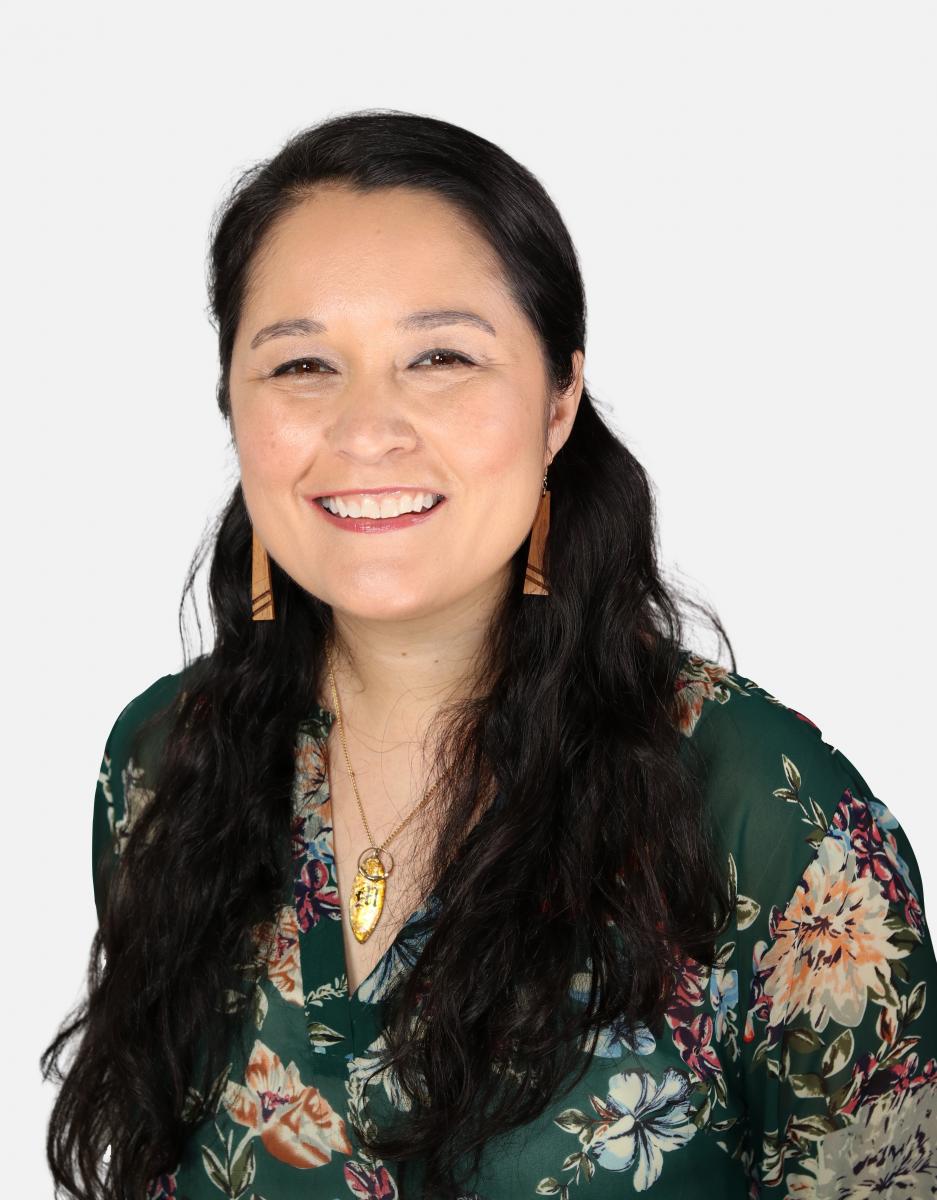Libraries Are Helping the Disconnected Become Connected
As the pharma industry relies more and more on smart phones and other connected devices, it's important to remember that not everyone has access to this technology.
Lessa Pelayo-Lozada

Some people cannot afford a monthly WiFi bill, or live too far away from an accessible signal, to have a telehealth conversation with their doctor. Not everyone can follow directions on using a wearable ECG monitor. Age, income, and education levels, urban vs rural zip codes¾these all can define who is, and who is not, connected.1
A Pew study found that 81% of people in this country own a smartphone, while 19% still do not. Also, 72% of survey respondents to a Health Information National Trends survey said they get health information from the web, which leaves 28% who either do not or cannot.2
As access to health care and its providers becomes more digitized, the health equity gap has become more evident, as have its moral and ethical implications. Researchers and public servants alike, in university labs and in libraries throughout the country, are in their own way addressing those implications.
Using broadband is an essential component of how people live today, says Lessa Pelayo-Lozada, president, American Library Association.“I think it is our responsibility, it is the mission of library associations to enhance lifelong learning and make information accessible to all.”
For researchers at Politecnico di Milano, two main issues for them are to identify those who don’t have access to these technologies, and to determine those who are responsible for fixing that access, says Stefano Canali, PhD, who is one of about 20 researchers with backgrounds in philosophy, ethics, and the social sciences who works in Politecnico’s engineering labs. Canali also holds an unusual position in a bioengineering lab.
Stefano Canali, PhD

“Technology has deep ethical, social, and political implications,” said Canali. “It isn't easy to know who is left out. On the basis of the sheer amount of data, you think you have broad representation.”
The lab
Last year, Canali and colleagues published work3 that discussed ethical and epistemic issues with, among other things, digital device design, use, and access. One subject the survey touched up was the people who aren’t interested in tracking their steps or monitoring their heart rates at home? They might find it stressful and confusing, the researchers wrote. The specific use of the wearables, the researchers said, “needs to be openly and critically discussed to ensure that those who choose not to be part of the movement are not unequally treated and lose access to other health services.”
One question the researchers asked is what the technology was being used for–monitoring, detection, screening, prediction–and therefore what biomedical knowledge was being sought. The quality of the data collected is paramount, but because different devices can measure the same thing, such as oxygen saturation, that quality is difficult to assess. Another issue is that some devices can have multiple uses. Regulation of clinical validity is important, the authors said.
The other serious concern regarding data quality is who owns the data, an issue that has been much discussed. Canali says, ownership of the data is an important point, as most devices are made by large tech firms and the data is considered proprietary.
Bias is another issue, because device use is usually one-sided in terms of who uses the technology, so too are any studies done on these devices. Many devices are designed for cardiology purposes and mental wellness, while diseases that are also widely prevalent among the disadvantaged, such as diabetes or COPD, remain unstudied.4,5
With regard to helping with inclusion, Canali discussed some options, such as patients bringing their own device to a trial or using their own for clinical monitoring purposes; community centers or pharmacies could help with device distribution.
“We should be clear about what [the situation is] and how we got here,” says Canali.
In, and out, of the library
Libraries, says Pelayo-Lozada, have long used their space to help their communities, so pitching in to help those in medical need is just part of the greater picture.
In South Carolina for example, the 580-plus libraries provide telehealth appointment space for patients. A program of the Medical University of South Carolina, the libraries hosted 1.5 million interactions in 2021.
A library in Dayton, Ohio, says Pelayo-Lozada, worked with the local mental health services to help patients who were having trouble connecting to their providers. Other libraries also help patients with their telehealth needs. Some provide private kiosks; some used their director’s office to allow patients privacy during the pandemic when they ran out of private areas.
Most libraries, according to a 2020 library survey,6 extend their WiFi signals, or leave them on, so card holders can log in. Others moved their routers outside of their buildings to improve user access. A Statista survey found that many libraries have their own apps now.7
Pelayo-Lozada says that card holders have asked for help with medical-connections for a long time. Libraries advertise their services in press releases, local newspapers, farmers markets, places like Starbucks, and the local pharmacy.
“This is what we do for our communities,” says Pelayo-Lozada.
References
- Equity within digital health technology within the WHO European Region: a scoping review. Copenhagen: WHO Regional Office for Europe; 2022. License: CC BY-NC-SA 3.0 IGO.
- Chan J. Exploring digital health care: eHealth, mHealth, and librarian opportunities. J Med Library Assn. 2021; 109(3) July.
- Stefano Canali ,Viola Schiaffonati,Andrea Aliverti. Challenges and recommendations for wearable devices in digital health: Data quality, interoperability, health equity, fairness. PLOS Digital Health. Oct. 13, 2022. https://doi.org/10.1371/journal.pdig.0000104
- Holko M, Lunt C, Dunn J. Session Introduction: Digital health technology data in biocomputing: Research efforts and considerations for expanding access. Biocomputing 2023. November 2022, 1-6.
- Nebeker, C., Torous, J. & Bartlett Ellis, R.J. Building the case for actionable ethics in digital health research supported by artificial intelligence. BMC Med 17, 137 (2019). https://doi.org/10.1186/s12916-019-1377-7
- Public Library Association. 2020 Public Library Technology Survey Summary Report.
- Share of Public Libraries That Have a Library App, Statista, https://www.statista.com/statistics/941918/share-of-public-libraries-that-have-a-library-app-by-library-size-us/
FDA issues de novo clearance for SonoMotion’s Stone Clear device, for kidney stone treatment
Stone Clear is the first and only device cleared by the FDA that uses external ultrasound pulses to facilitate passage of post-lithotripsy kidney stone fragments without surgery.